In #TropicalForests, dung beetles💩 are fundamental for ecosystem functioning, as shown by our research. Want to know why? Check this 🧵. 1/11
🎥: @FilipeEco
🎥: @FilipeEco
The #DungBeetle name refers to the habit that some species of these beetles have in rolling feces from different animals. 2/11
🎥: @Erika_Berenguer
🎥: @Erika_Berenguer
Dung beetles use #poop for feeding and nesting, with their larvae already hatching in a nutrient-rich environment. Some species roll using their front legs, such as this Oxysternon festivum rolling dung from a howler monkey in the Maracá Island, Roraima. 3/11
📸’s: @JosBarlow


📸’s: @JosBarlow

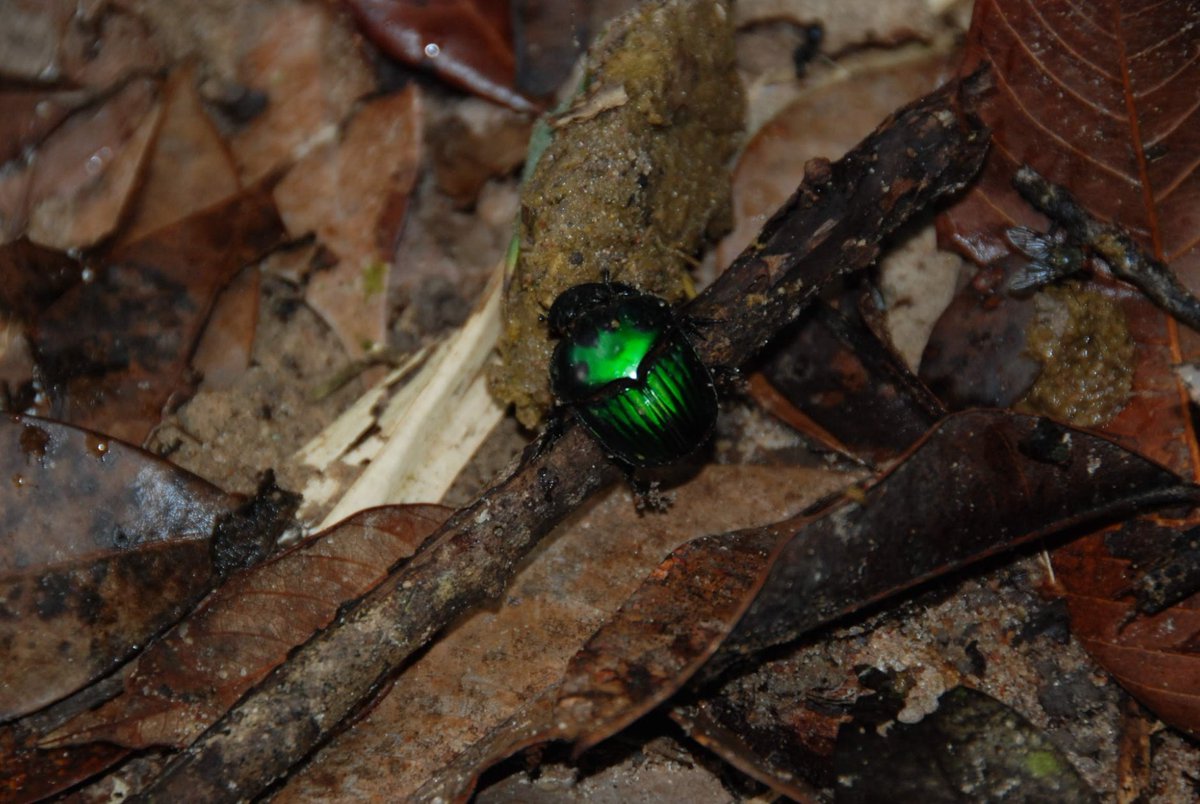

Did you know that not all dung beetles roll the dung? Some #species, such as Coprophanaeus lancifer, are known as tunnelers because they dig tunnels to bury their lunch and protect their nests just below the dung pile. 4/11
📸 : @HanMGriffiths
📸 : @HanMGriffiths
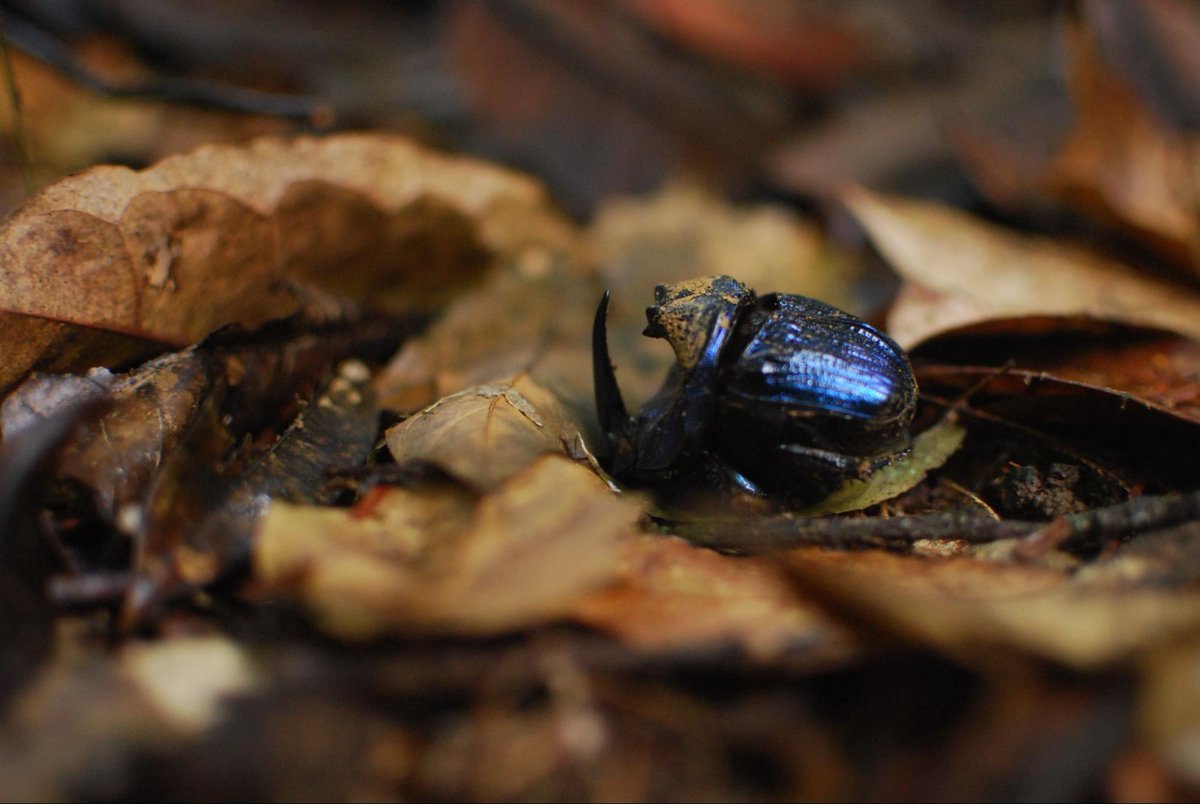
Also, not every #DungBeetle eats dung. Many species eat carcasses, decaying mushrooms and/or fruits. There are even beetles that are specialists in preying on millipedes, such as the species Deltochilum cupreicolle viridescens in these photos. 5/11
📸’s: @FilipeEco

📸’s: @FilipeEco

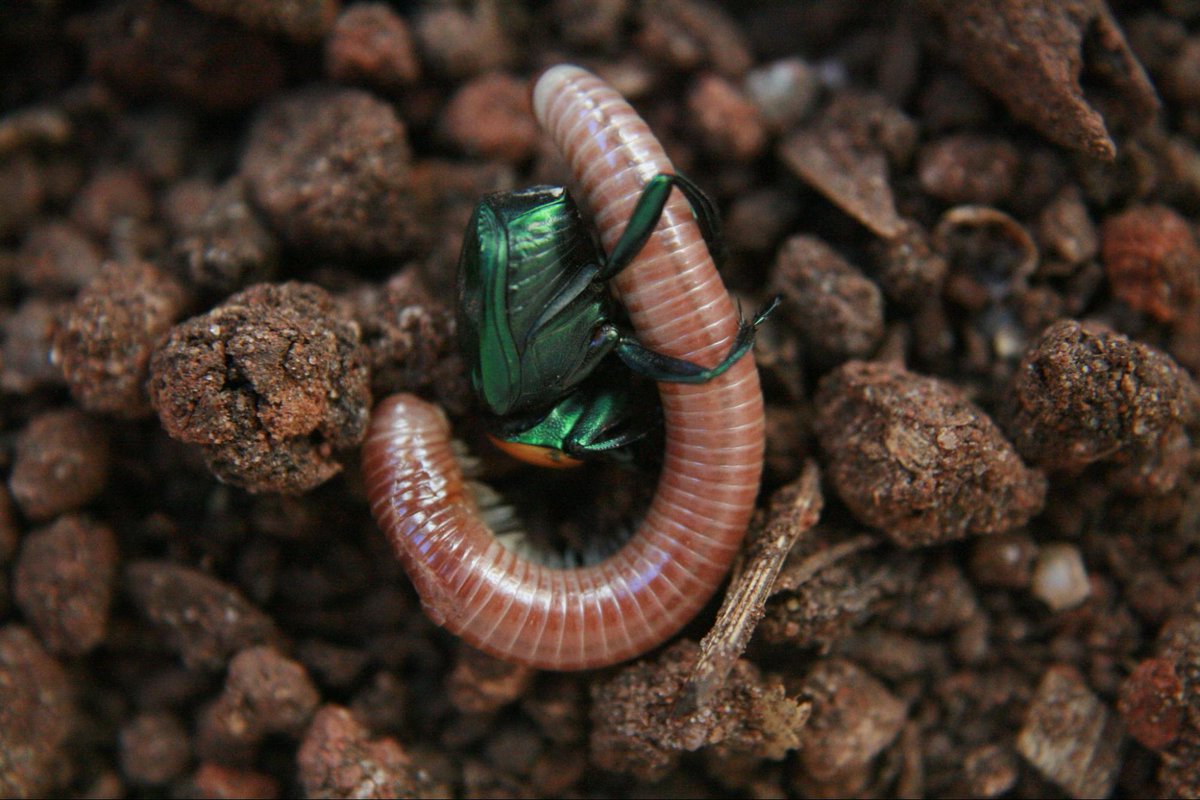
Some dung beetles have a “sit and wait” behaviour, perching on leaves while waiting for the dung smell - such as this Canthon triangularis species in forests of the Jari region, Pará. 6/11
📸’s:@JosBarlow and @FilipeEco

📸’s:@JosBarlow and @FilipeEco
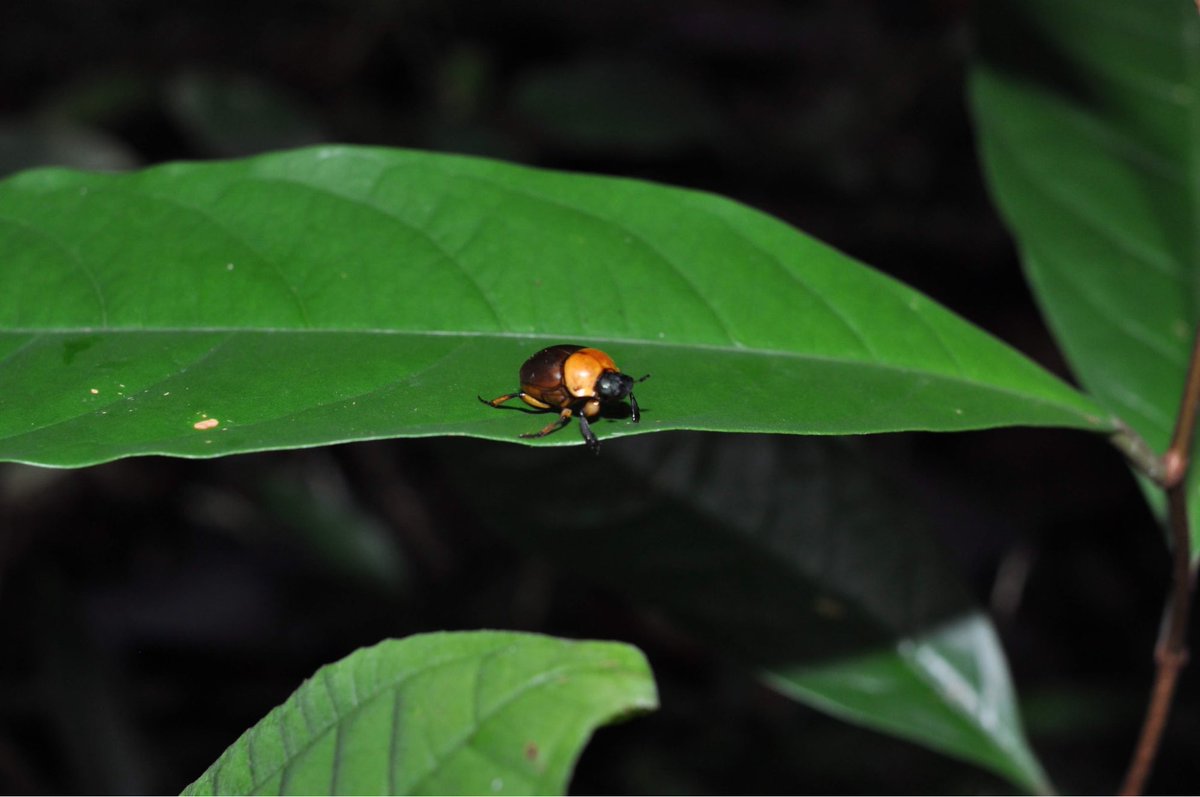

Currently, there are more than 7000 species of #dung beetles distributed on all continents around the world, except Antarctica. 7/11
In @RAS_network, we use dung beetles to assess the condition of Amazonian forests. Many people don’t know but dung beetles help forest health through contributing to #SeedDispersal, #PestControl and #NutrientCycling. 8/11
Figure from: sciencedirect.com/science/articl…
Figure from: sciencedirect.com/science/articl…
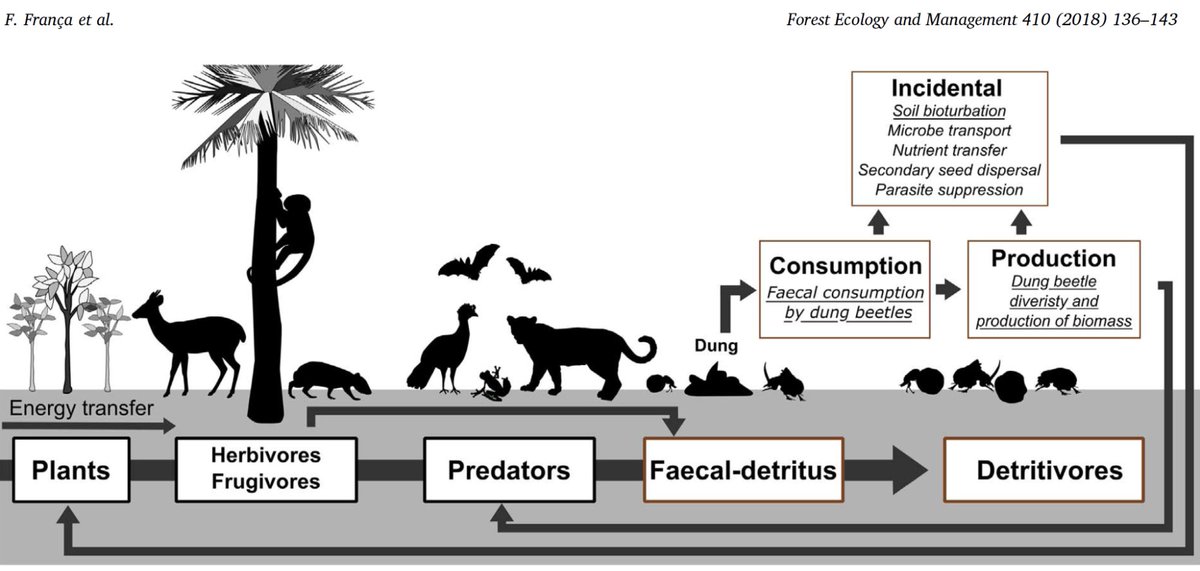
Healthy and disturbance-free forests have a great diversity of species, sizes and colours (photo 1). Forests modified by anthropic and #climate disturbances, on the other hand, have few species, which are generally very small in size (photo 2). 9/11
📸’s: @FilipeEco

📸’s: @FilipeEco
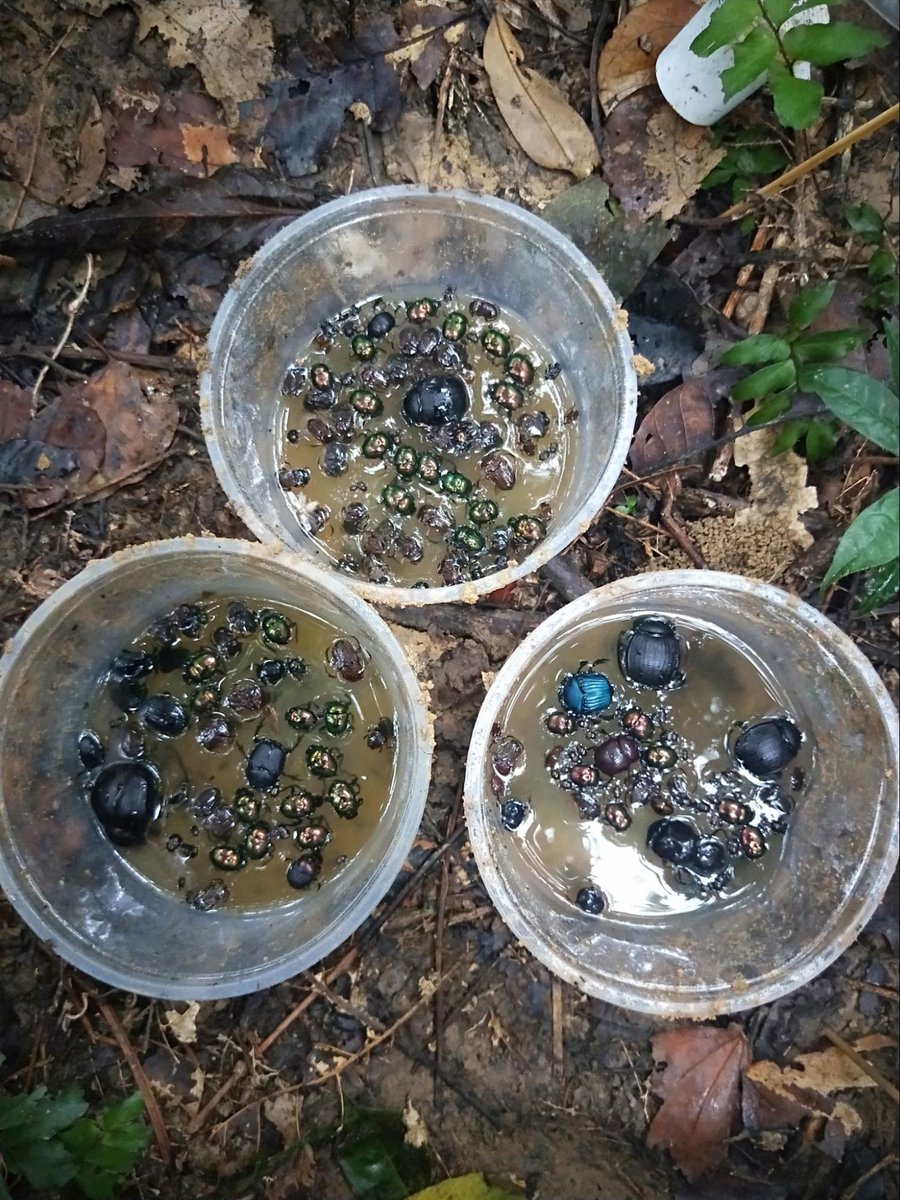
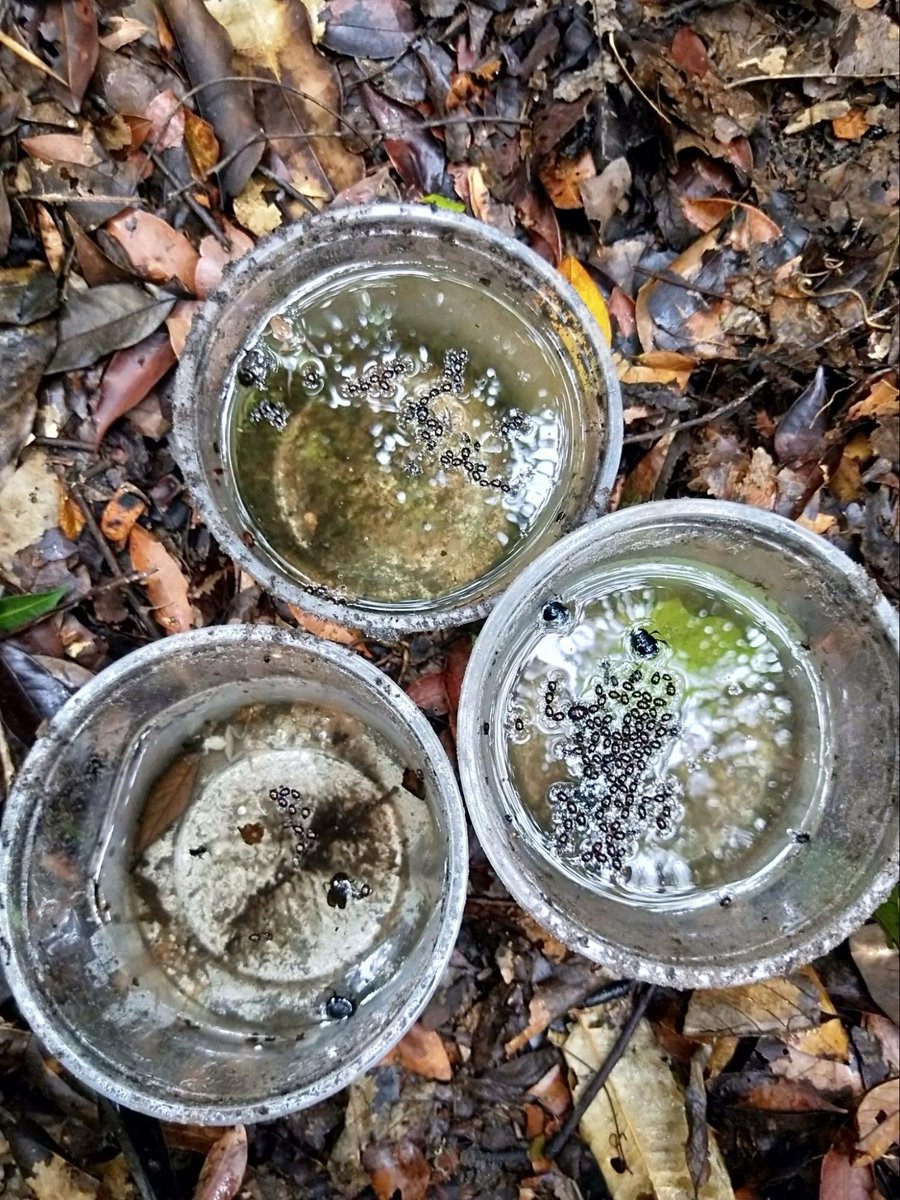
After a drought and forest fires, our research found drastic losses in the diversity of dung beetles and in the associated seed dispersal and nutrient cycling activities within Amazonian forests. 10/11
Full article: onlinelibrary.wiley.com/doi/full/10.11…
Full article: onlinelibrary.wiley.com/doi/full/10.11…

But all is not lost! A recent study led by @Cassioan shows that having many #DungBeetle species with similar ecological function can offset the loss of rare species within human-modified Amazonian forests. 11/11
Full article: onlinelibrary.wiley.com/doi/10.1111/bt…
Full article: onlinelibrary.wiley.com/doi/10.1111/bt…

• • •
Missing some Tweet in this thread? You can try to
force a refresh



















